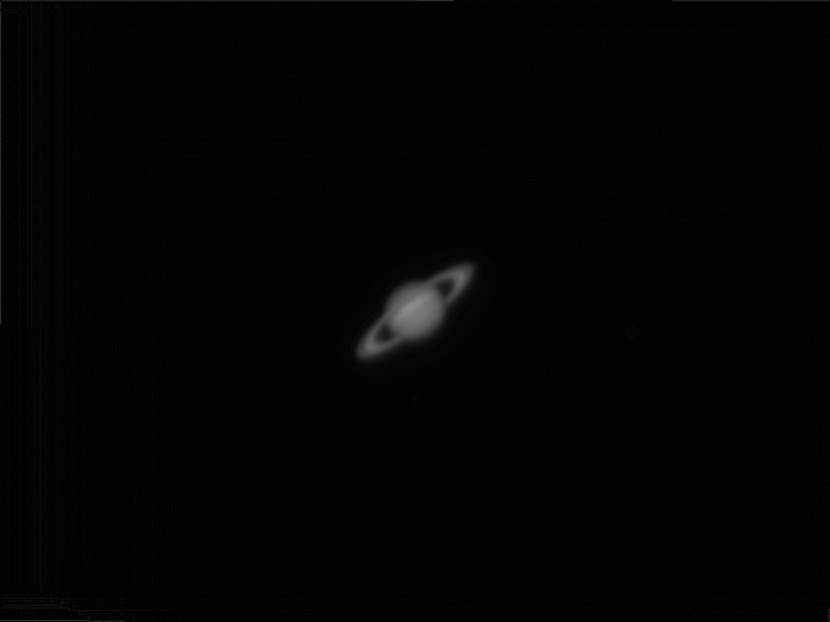
Astronomers are baffled after they discovered a dwarf planet that has a ring orbiting it similar to Saturn instead of a moon because it should not be there.
Scientists wonder how the tiny-sized planet can have such a ring orbiting it despite the gap between the two. This is because simple gravitational calculations suggest that there should be no ring at that distance surrounding the celestial body.
Dwarf Planet with a Ring
A professor at the Federal University of Rio de Janeiro in Brazil, Bruno Morgado, said the discovery is "very strange." He is the lead author of a paper that describes the ring around the dwarf planet that was published in the journal Nature on Wednesday.
The astronomers studied the ring that encircles Quaoar, a planetary body roughly 700 miles in diameter, and orbit the sun at a distance of about four billion miles. The ring, whose name is pronounced "KWA-wahr," is a little less than half the diameter of Pluto and roughly a third of the diameter of our moon, as per the New York Times.
Scientists estimate that it is big enough to qualify as a dwarf planet that is pulled by its gravity into a round shape. However, no one can say that is a fact because photographs taken by even the most potent man-made telescopes revealed it as simply an indistinct blob. It was also found to have a moon named Weywot.
The dwarf planet was found to orbit the sun in the Kuiper belt, a region filled with frozen debris located beyond Neptune and includes Pluto. Because the ring surrounding Quaoar is not visible in telescope images, astronomers only found out about it in an indirect manner.
Scientists only knew there was a ring around the tiny planet when distant stars happened to pass behind it, blocking the starlight. The planet passed in front of four stars from 2018 through 2021, and astronomers were able to observe the shadow of the eclipses, which are also known as stellar occultations.
Basic Rules of Celestial Mechanics
They found that there was some dimming of the starlight before and after the star blinked out. This phenomenon pointed to a ring obscuring part of the light, which is a possibility that an international team of astronomers concluded in the Wednesday paper.
A news release noted that the material surrounding Quaoar formed a ring instead of a moon due to the frigid temperatures on the planet. This prevented the icy particles from sticking together. However, this is still speculation, and astronomers need more time to investigate and conclude more accurately, according to CNN.
Before the recent findings, astronomers generally believed that planets could not have rings beyond a certain distance. The generally accepted rule was that material around a planet would clump together and form a spherical object, a moon if it orbits far away.
An astronomer at the University of Sheffield and a co-author of the latest paper, Vik Dhillon, said everyone learns about Saturn's magnificent rings early. He hoped that the new finding would provide further insight into how these rings came to be, said Gizmodo.
Related Article: Mass of Lone White Dwarf Weighed for First Time in History
© 2025 HNGN, All rights reserved. Do not reproduce without permission.







